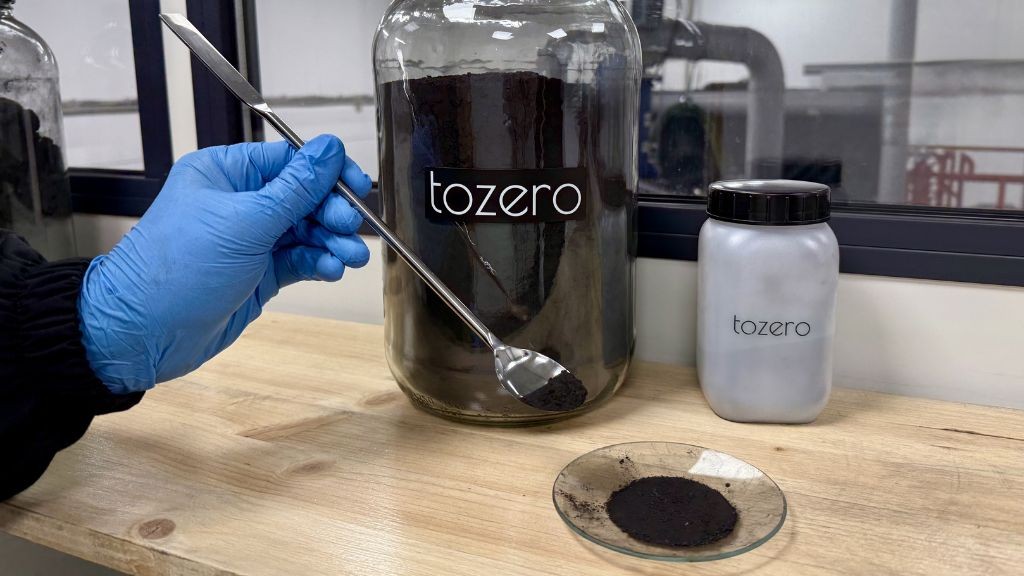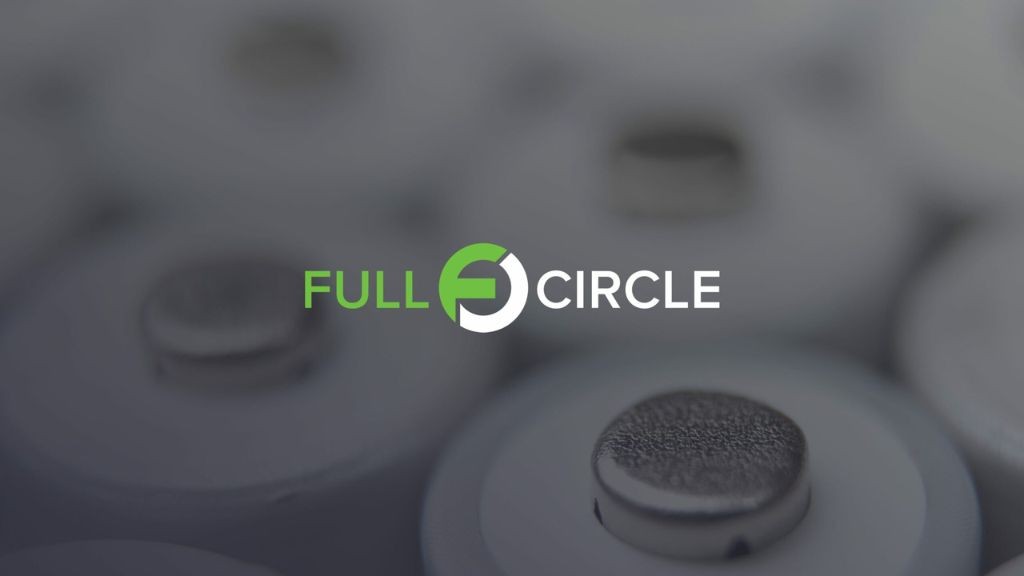Industrial-scale graphite recovery could close gap on Europe’s recycled battery supply chain
The 100 percent recycled anode material has been successfully used in battery cell production, making it commercially viable

A European lithium-ion battery recycler, tozero, has achieved a major breakthrough by producing battery-grade recycled graphite at an industrial scale. For the first time, this 100 percent recycled anode material has been successfully used in battery cell production, proving its viability for commercial applications.
The innovative process allows a high percentage of graphite recovery
Conventional recycling methods often result in graphite being burned or lost to waste streams due to the use of strong acids. However, tozero's new process achieves more than 80 percent graphite recovery while preserving its morphological integrity on an industrial scale. This method enables the material to be refined back to battery-grade quality. The successful cell test showcases comparable performance to a battery cell made out of virgin graphite.
The potential to integrate recycled graphite into global supply chains, reducing carbon emissions, accelerating the electric transition, and ensuring the true circularity of battery materials is now possible.
"This is a milestone not just for tozero, but for Europe's battery industry as a whole. We've already seen our recycled lithium successfully re-enter Europe's supply chain, and now we're proving the same for graphite. Despite being essential for battery stability, graphite is often overlooked in recycling—largely seen as unrecoverable—yet it is even more critical and geopolitically exposed than lithium," said Sarah Fleischer, co-founder and CEO, tozero.
"With our FOAK plant on track, we're scaling to recover even more critical materials, helping companies worldwide decarbonize, secure local supply chains, and move towards true circularity—bringing lithium-ion battery waste to zero."
"By optimizing our recovery methods, we've unlocked the full potential of recycled graphite. We give graphite a second chance—bringing it 'Back to Black,'" said Adham Raslan, hydrometallurgical engineer, tozero.
Scaling recycled graphite for a secure and sustainable battery supply chain
The rapid expansion in EVs and the growing need for large-scale renewable energy storage to combat the climate crisis is driving an unprecedented surge in demand for critical materials for batteries including graphite. In the EU alone, graphite demand is expected to rise by 20-25 times the current level by 2040 in the race to reach net zero, which is unachievable by current levels.
Currently, 98 percent of Europe's graphite is imported, with China controlling over 90 percent of the global supply, leaving battery manufacturers vulnerable to trade restrictions and supply chain disruptions. As well, shipping these materials creates its own level of waste and emissions. Looking into 2030, almost 800,000 metric tonnes of graphite supply gap worldwide remains to be filled.
In addition, graphite alone accounts for up to 40 percent of a battery's total carbon footprint, with natural graphite mining remaining environmentally costly, contributing to deforestation, water contamination, and high carbon emissions. However, this issue presents a strategic opportunity to shift toward sustainable, locally sourced, and circular solutions.
To address these challenges, battery and car manufacturers are increasingly turning to recycled graphite—not just for supply chain resilience, but also to comply with new regulations like the EU Battery Directive, European Critical Raw Material Act, and meet their net-zero targets. This effort makes scaling high-quality, battery-grade recycled graphite essential to reducing dependency on imports, cutting emissions, and securing a stable, circular supply chain for the future of clean energy.
Cracking the code for sustainable, high-efficiency graphite recovery
Founded in 2022, tozero is closing Europe's recycled battery supply gap and providing local resources to ensure stable availability for a growing number of industries. The new process is helping solve key challenges of lithium and graphite recycling, by delivering high efficiency, low energy consumption, and environmentally friendly recovery—without the use of strong acids.
Already operating at an industrial scale in its Pilot Plant inaugurated in summer2023, tozero recovers lithium and graphite from black mass (cathode and anode mixture after mechanical preprocessing of battery waste), cutting emissions of an estimated 70 percent compared to conventional mineral mining. With its agnostic feedstock approach, tozero's high-purity recycled materials are ready for direct use in end-product manufacturing. By 2027, the company targets over 2,000 tonnes of recycled graphite production, with plans to rapidly scale beyond 10,000 tonnes by 2030.
tozero is actively working with battery waste suppliers across more than ten countries to scale a circular, localized supply chain for lithium and graphite, further reducing Europe's reliance on imports and the carbon footprint of battery production.



